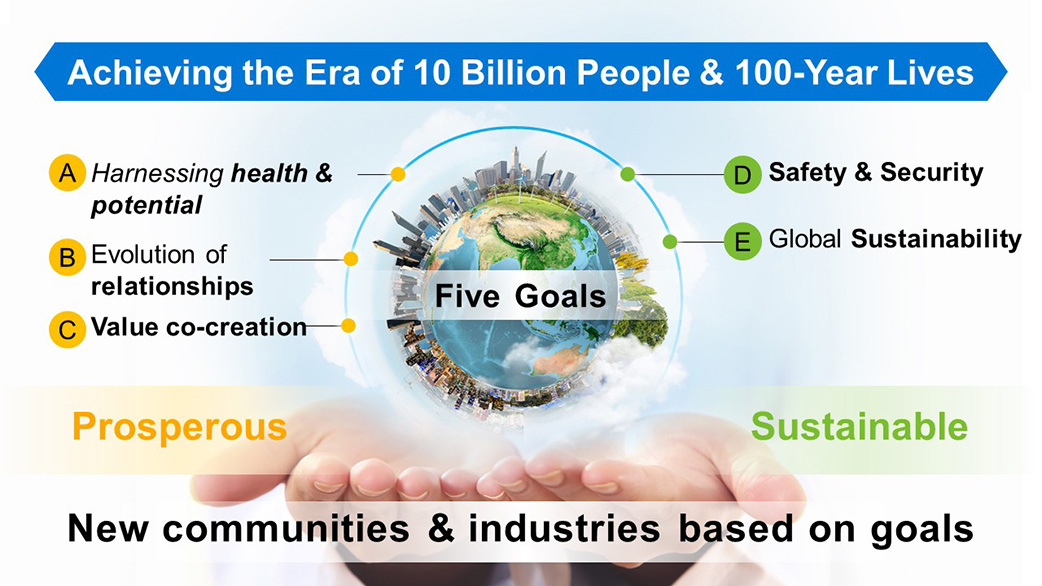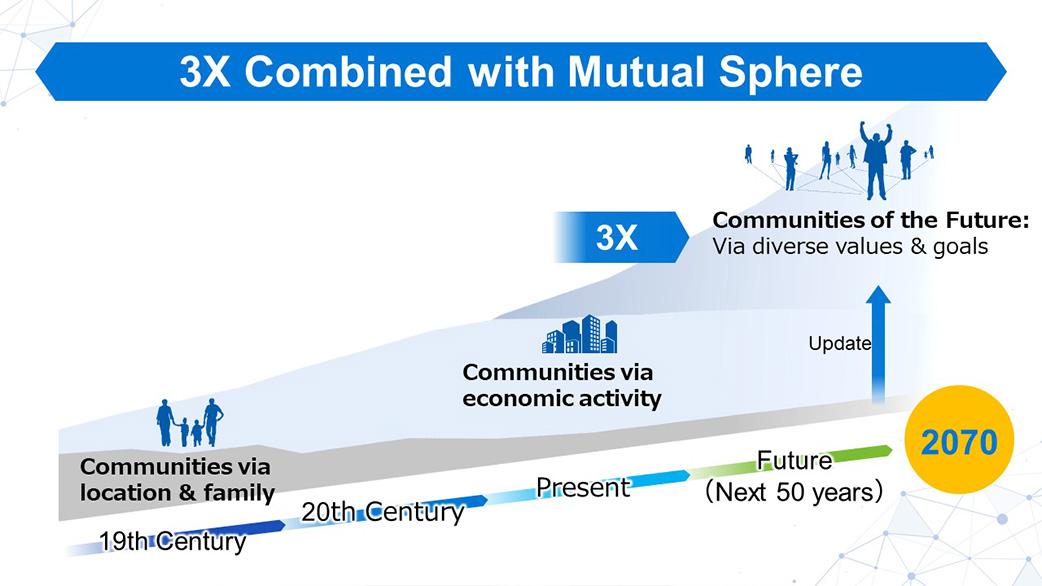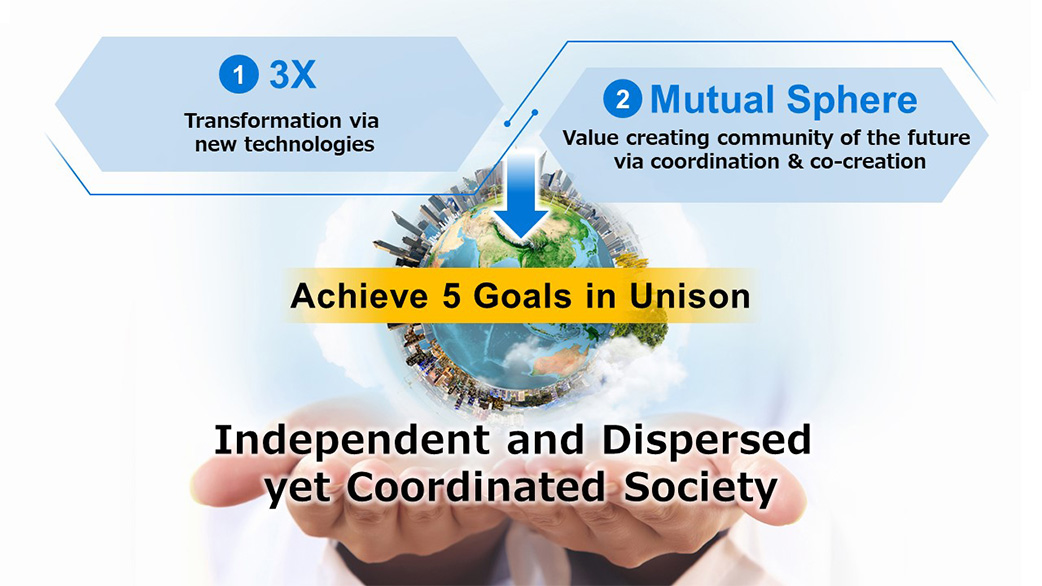The second example involves a region about 60 km from Munich in Germany’s state of Bavaria that features a local currency called chiemgauer. This is a community within a developed nation that was suffering marked economic and social decline—an all too common issue. The currency came into being at the efforts of high school students. These students wanted to replace the dilapidated facilities at their high school but lacked sufficient funds. Wondering why their area was so poor despite being in an affluent country, the students started to discuss the issue in school. The cause they identified was the local tendency to save money or invest it in other communities instead of the local community. The students determined that if they could create a system for money to circulate within the community, the community would become more prosperous. It’s the right idea, even from an economics perspective. And in line with this thinking, the high school students started issuing a local currency called the chiemgauer, which is now used even more than the euro within this community. The key factor, or impetus, that made this possible was digitalization, although they had started off with paper currency.
Chiemgauers have a number of characteristics. One is that people can receive them in return for work that benefits the community, such as picking up garbage or providing nursing care. Another is that chiemgauers can be exchanged for euros. When euros are converted to chiemgauers, it is a simple one-for-one swap, but when chiemgauers are converted into euros, a five percent commission is charged. Of this, three percent is returned to the community, and two percent is used for operating costs. And a third characteristic is that chiemgauers depreciate—losing value without use. So, if they are saved up for a long time, they eventually become worthless.
These characteristics, such as asymmetrical conversion to and from euros and depreciation, are possible even with paper currency. But the need to physically stamp the notes provides an operational issue. As a digital currency, all such issues are relieved—all that needs to be done is write some functions into the software. On the user side all that needs to be done is hold one’s smartphone over a payment terminal. In this way, the chiemgauer currency has grown to the extent that it’s used more than euros.
The students were able to replace their high school facilities, and the local environment became cleaner. With money making its way to NPOs and small businesses, the economy flourished and the community recovered its vitality.
In short, combining the mutual spheres with 3X updated and reactivated a system enabling value to circulate within the community. And if we consider the issue from another perspective, the significance of this currency is, I believe, that it offered the answer to an issue. The issue was disparity in the form of decline witnessed in rural a community compared to the cities of an affluent country, Germany, despite constant increase in GDP. This is just one example of disparity that capitalism has not yet managed to resolve.



